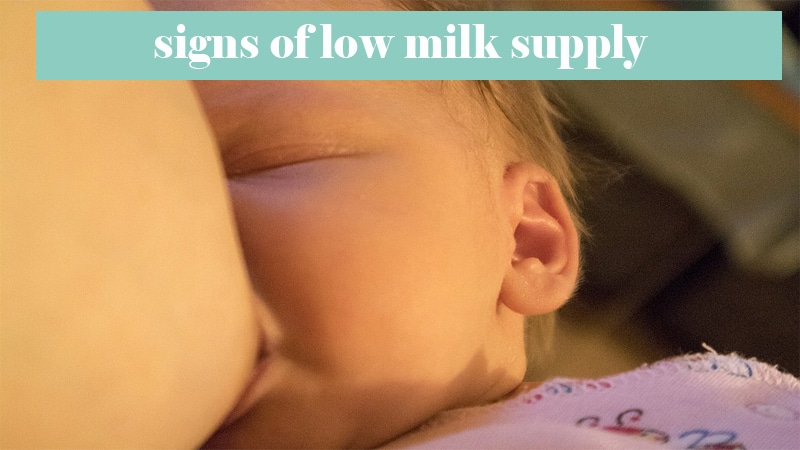Motherhood is a life-changing experience. It has its up s and downs. One of the worries that come with motherhood is the topic of low milk supply. Breastmilk is a vital need for your child’s growth. Producing too little milk can put your loved one at risk of malnutrition. Malnutrition occurs when the baby lacks the necessary nutrition to develop and grow.
Although cases of low milk supply are common, many times, it’s a false alarm. You may be experiencing a breastfeeding problem rather than a low milk supply. What are the signs of low milk supply?
Contents
i. Poor weight gain
A baby typically loses weight during the first 24-72 hours after birth. After the fourth day, your baby should start putting on weight. A healthy baby should gain at least 20-30g a day. By the second week, your baby should have regained weight to their birth weight. You can consult your doctor for a weight chart to check against.
Experts recommend checking the weight after every four weeks instead of daily. Remember that every child is different. If your baby loses more than 10% weight in the first few days or does not start gaining weight afterward, you need to seek medical attention. The likely cause could be a low milk supply.
There could be other causes of poor weight gain, such as underlying conditions. We recommend checking with a health consultant if you are concerned about your baby’s weight gain. The expert should guide you when they find out its a low milk supply problem.
ii. Your baby does not poo or wee enough.
A baby’s first poo is usually black, thick, and sticky. However, by the second day, the poo should be brownish. The color should continue to lighten as the baby breastfeeds. A well-breastfed baby should be excreting runny, yellow-mustard poo by then the fifth day. If your baby’s poo is not getting lighter after several days, it may be a sign of low milk supply.
A well-breastfed baby should also be pooping at least thrice a day. The baby should also be weeing at least five times a day. You should be able to change at least six wet nappies in 24 hours if your baby is breastfeeding adequately. If you are not changing wet diapers, you should check in with a doctor to find out the cause.
iii. Dehydration
Remember that milk is the only liquid that your baby is taking is breastmilk. It should keep them from getting dehydrated, the baby’s wee should be pale in color. If the pee is dark-colored, foul-smelling, and they hardly wee, it might be a sign of dehydration. Other symptoms may include a dry mouth, reluctance to feed, jaundice, and lethargy. You should seek immediate medical attention if you notice these signs.
Remember that these signs may also occur due to other conditions or causes. Dehydration, for instance, can be caused by diarrhea and vomiting due to high fever. It’s crucial to visit a doctor if you are worried, you have a low milk supply.

